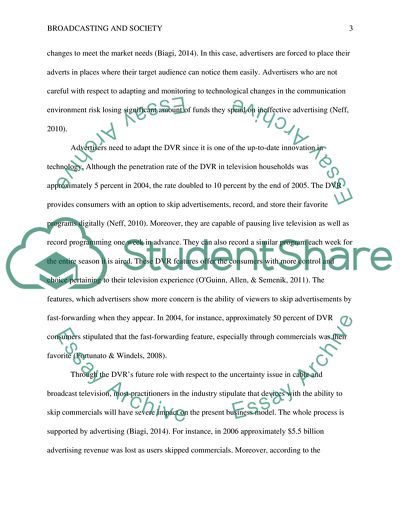Cite this document
(Broadcasting and Society Coursework Example | Topics and Well Written Essays - 1500 words, n.d.)
Broadcasting and Society Coursework Example | Topics and Well Written Essays - 1500 words. https://studentshare.org/visual-arts-film-studies/1847259-broadcasting-and-society
Broadcasting and Society Coursework Example | Topics and Well Written Essays - 1500 words. https://studentshare.org/visual-arts-film-studies/1847259-broadcasting-and-society
(Broadcasting and Society Coursework Example | Topics and Well Written Essays - 1500 Words)
Broadcasting and Society Coursework Example | Topics and Well Written Essays - 1500 Words. https://studentshare.org/visual-arts-film-studies/1847259-broadcasting-and-society.
Broadcasting and Society Coursework Example | Topics and Well Written Essays - 1500 Words. https://studentshare.org/visual-arts-film-studies/1847259-broadcasting-and-society.
“Broadcasting and Society Coursework Example | Topics and Well Written Essays - 1500 Words”. https://studentshare.org/visual-arts-film-studies/1847259-broadcasting-and-society.


